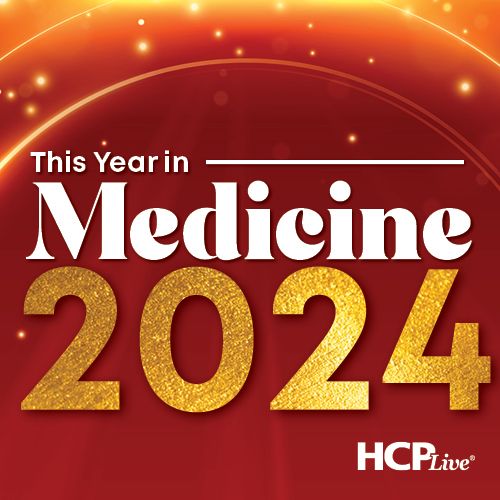Video
Michael Angarone, DO: Emerging Infectious Diseases, Vector-Borne Viruses
Author(s):
A discussion regarding highlights from Dr. Michael Angarone’s presentation on emerging infectious diseases.
In an interview with HCPLive, Michael P. Angarone, DO, highlighted some key takeaways from his presentation for Pri-Med Midwest 2022.
Angarone is an Associate Professor of Medicine at Northwestern’s Feinberg School of Medicine, and he has focused much of his research on infections in recipients of organ transplants and stem cells, fungal infections, and sexually-transmitted infections such as HIV.
During his discussion with HCPLive, Angarone elucidated some of his thoughts on emerging infectious diseases such as monkeypox, as well as concerns about vector-borne viruses.
“After SARS-CoV-2, and with the COVID pandemic, I think this is something that has been on everyone’s mind,” Angarone said. “There are a host of different infectious diseases out there that we see popping up. I think some of the ones that clinicians should really be aware of are SARS-CoV-2, so I think that’s going to be with us for the foreseeable future.”
Angarone went on to describe common points of interest among clinicians and researchers regarding sexually-transmitted infections such as monkeypox.
“Some of the new ones that are popping up are monkeypox,” he added. “So I think this Spring, we started to see the outbreak and spread of monkeypox into the nontraditional areas of the world.”
Angarone also described monkeypox as an emerging infectious disease that is widely discussed among clinicians and the general populace. In September of 2022, monkeypox cases were found to have occurred in children aged 15 and younger, raising concerns in the medical community. However, case counts peaked around late August.
“There’s a few bacterial pathogens,” he added. “There’s a bacteria called burkholderia pseudomallei. This is an infection that has really been centered in southeast Asia and Oceania, and we’ve now been seeing it in the United States linked to other products. Products like home care, aerosolized oil products. But the bacteria has also been found in the soil around the Gulf Coast.”
Angarone also went on to highlight clinician concerns regarding vector-borne viruses such as those given by mosquito and tick bites. He also described the spread of bacterial-resistant pathogens that have been around for some time.
“When we think about viruses, some of the big ones are a lot of the vector-borne, or tick-borne, or mosquito-borne viruses,” he said. “We have the Bourbon virus, we have different hantaviruses that have been around.”
Watch the full interview with Dr. Angarone to learn more about key takeaways from his Pri-Med Midwest presentation.




